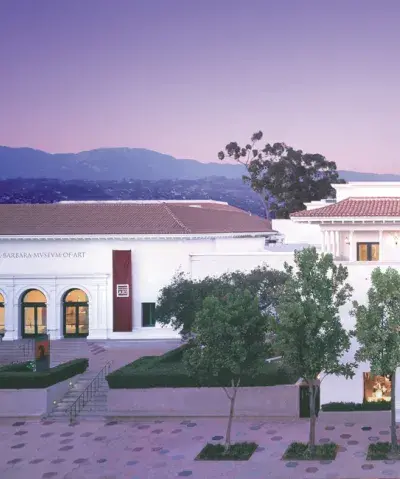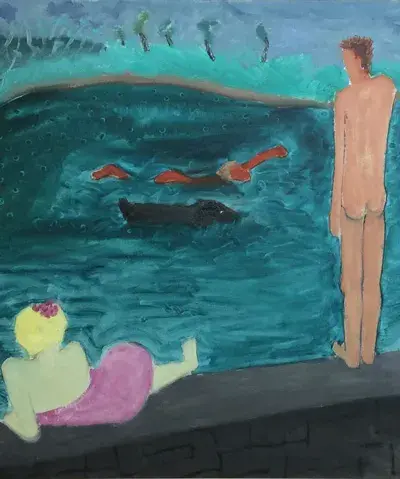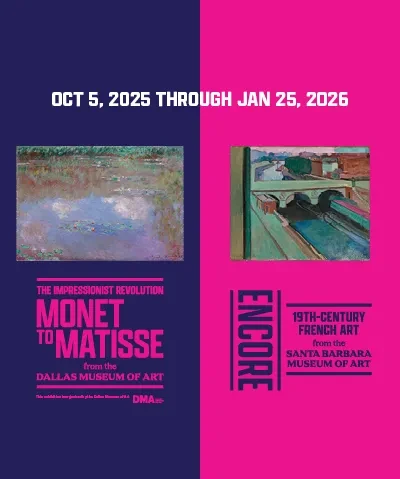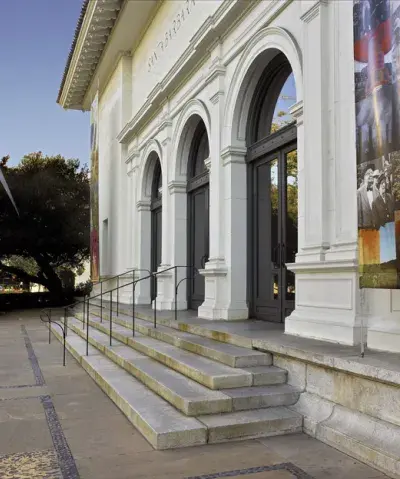For Opacity
Can an artist create a portrait without a face, a body, or even a life story? Can an artist create a portrait that is not even recognizable as a portrait? The answer is yes. This unusual idea of portraiture originates from Martinique-born poet and philosopher Édouard Glissant. In his book Poetics of Relation (1990), he called for "the right to opacity for everyone." Glissant argued that transparency through definition and clarifications ignores the aspects of self that are difficult to grasp. Opacity, instead, simply accepts that everything that makes us us cannot be understood completely. Only by being opaque can portraiture most fully and authentically represent the shadowy parts of a person, those hard-to-explain aspects that cannot be depicted in conventional ways. This selection of works from the Museum's permanent collection explores this expanded idea of portraiture and offers several approaches to seeing and recognizing these invisible parts of being..
Nous réclamons pour tous le droit à l'opacité.
(We clamor for the right to opacity for everyone.)
- Édouard Glissant (Poetics of Relation, 1990)
- Galleries:Colefax,Davidson,



















![memberseve[1]](https://www.sbma.net/sites/default/files/styles/menu_thumbnail_400_480/public/menu/memberseve%5B1%5D.jpg.webp?itok=hIz01lpc)





